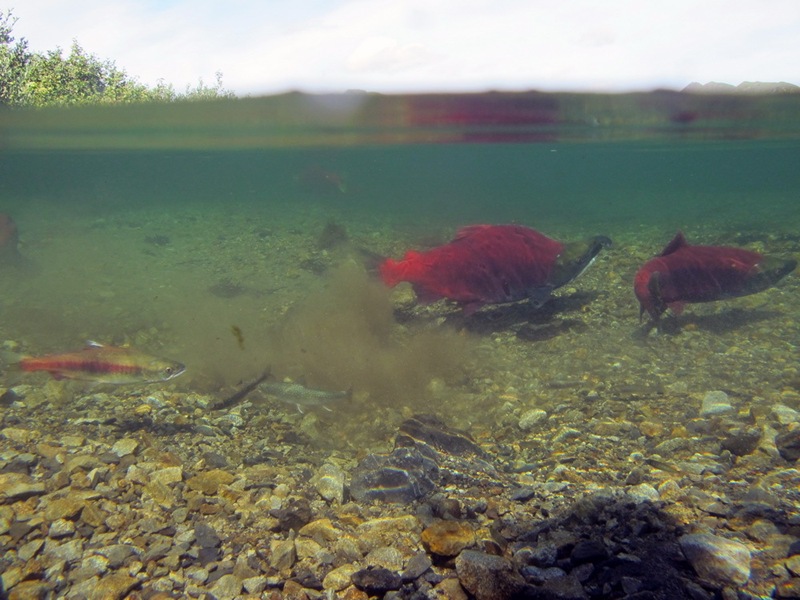Specialists of the Kamchatka branch of the All-Russian Scientific Research Institute of Fisheries and Oceanography (KamchatNIRO) have begun one of the most important stages of the annual monitoring of Pacific salmon stocks – the accounting of juveniles rolling from rivers into the sea. These works, carried out in spring and early summer on the rivers of the east and west coasts of Kamchatka, are of key importance for predicting future catches. The main focus is traditionally on pink salmon, as the main object of salmon fishing in the region.

The first data obtained from seven rivers – Ozernaya, Bolshaya, Pymty, Utka, Kolpakova on the western coast and Kichiga, Khailuli on the eastern coast – indicate that the number of juvenile pink salmon is still low. These juveniles, which emerged from the spawning of parental individuals in previous years, will become the basis for a commercial return in 2025. In the Pymta and Khailulya rivers, the number of fingerlings is approaching the average annual values typical for the odd years of the life cycle of this species of salmon. However, in the remaining rivers studied, the volume of rolling juveniles is still lower than in previous years. Scientists will continue accounting work at least until the third decade of June, after which it will be possible to give a more accurate estimate of the number of young pink salmon that will return to spawn in 2025.
In addition to pink salmon, young chum salmon are counted in the Kichiga and Khailulya rivers. The possibility of simultaneous accounting of these two species is due to the similarity of their biology: both chum and pink salmon leave spawning rivers in the first year of life, their migration behavior and the timing of the ramp coincide. Although systematic monitoring of juvenile chum salmon has been initiated relatively recently, the data collected is already laying a solid foundation for long-term observations. It is expected that this will significantly improve the quality of fishing forecasts for chum salmon in the future.
Special attention is paid to the accounting of juvenile sockeye salmon in the Ozernaya River, the basin of which is the breeding ground for Asia’s largest herd of this valuable salmon species. Sockeye salmon, unlike pink salmon and chum salmon, migrate to the sea mainly in the second year of life or even later. Migration of individuals ready to change from freshwater habitat to marine habitat usually begins in early June. This year, the beginning of the descent of juvenile sockeye salmon was recorded on June 3, and, according to experts, the number of skaters continues to increase gradually.